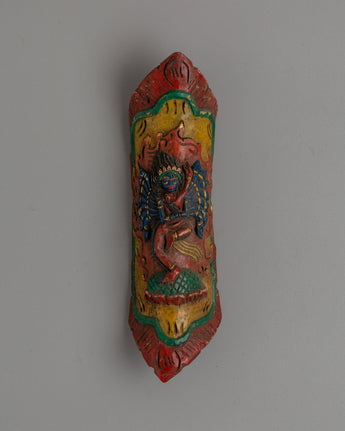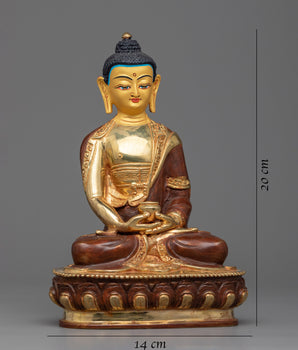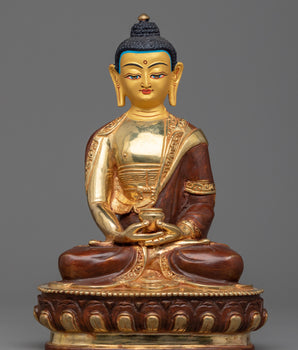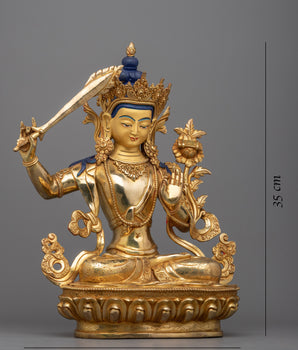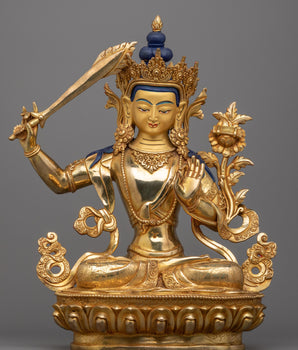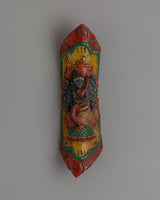
Hayagriva Apron Ornament | Buffalo Bone Tibetan Decor

100% AUTHENTIC

HANDMADE

FREE SHIPPING
Hayagriva Apron Ornament - Buffalo Bone Tibetan Decor
-------------------------------------------------------------
Size: 15cm (Height) 4.5cm (Width)
Weight: 0.074 kg
Materials: Buffalo Bone, Hand carved, Acrylic Paint
-------------------------------------------------------------
About Our Hayagriva
This hand-carved Hayagriva apron ornament helps you incorporate the powerful energy of protection and spiritual change into your rituals. This 15 cm tall ornament, which is made from buffalo bone that is ethically obtained, depicts the powerful Hayagriva, a furious deity in Tibetan Buddhism who is regarded as a guardian of dharma and a remover of obstacles. This ornament is perfect as a decorative piece with profound spiritual meaning or for adorning ceremonial aprons.
Expert artisans carefully hand-carve every element of this Hayagriva apron ornament, emphasizing the deity's colorful features encircled by flames that stand for purification and transformation. The ornament's vibrant hues, hand-painted using acrylics, guarantee its longevity and energy.
Introduction To Hayagriva :
The furious, wrathful, horse-faced deity Hayagriva has the ability to expel unconverted evil entities. The Mahayana and Vajrayana traditions have also recognized multiple deities as representations of numerous Buddhas and bodhisattvas.
In Tibetan Buddhism, Lord Hayagriva is a wrathful form of Avalokitesvara. There are said to be 108 different varieties of Hayagriva. Avalokitesvara, a Bodhisattva, is one of the most well-known deities in Buddhism's Mahayana pantheon. In the Mahāvirocana sūtra, Hayagrīva is described as a Vidyaraja who is situated next to the figure of Avalokitesvara in the depiction of the vast Magic circle or Mandala. Additionally, according to renowned Buddhist missionary Bodhiruci, Vidyaraja Hayagriva was associated with Amoghapasa as a unique element of Avalokitesvara.
How to set up your own Buddhist Shrine?
-Find a clean, quiet, and uncluttered spot.
-Set up an altar table, and cover it with an altar cloth that calls to you.
-Place your sacred item (statue, thangka, or a picture of Buddha) at the center.
Shipping & Returns
We ship worldwide. Orders dispatch in 2–3 business days. International delivery typically arrives in 4–10 business days via DHL Express, depending on destination and carrier conditions. All items ship free globally.
Returns are accepted within 14 days of delivery. Products must be returned in original condition for a refund to be issued once received and inspected. Terms and conditions apply.


